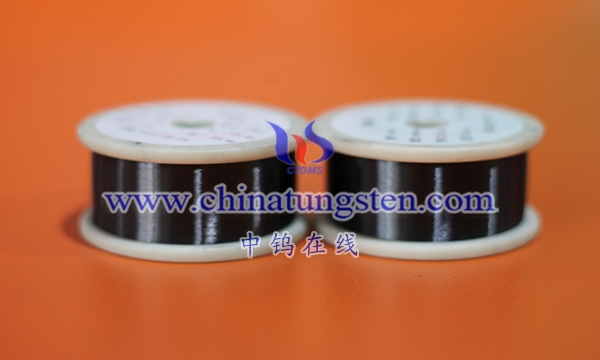The defects that may occur in the manufacturing process of cut-resistant tungsten wire mainly include the following aspects:
- Defects in raw materials and preparation process
Impurity of raw materials:
The raw tungsten powder may contain impurities, such as gas, holes, inclusions, etc. These impurities are difficult to completely remove during the preparation process, which may cause cracks or breaks in the tungsten wire.
Coarse grains:
During the preparation process, if the temperature is improperly controlled or the processing time is insufficient, the grains of tungsten powder may be coarse, which in turn affects the mechanical properties and cutting resistance of the tungsten wire.
- Defects in the wire drawing process
Broken wire:
During the wire drawing process, due to the brittleness of the tungsten wire and the effect of mechanical stress, wire breakage is prone to occur. Broken wire not only affects production efficiency, but may also cause product scrapping.

Surface defects:
During the wire drawing process, if the mold is severely worn or poorly lubricated, scratches, pits and other defects may appear on the surface of the tungsten wire. These defects will reduce the surface finish and cutting resistance of the tungsten wire.
Dimensional deviation: Due to the influence of factors such as equipment accuracy and process control, the diameter, roundness and other dimensions of the tungsten wire may deviate. Tungsten wire with large dimensional deviation is prone to problems during use.
III. Defects during heat treatment
Oxidation: Tungsten wire easily reacts with oxygen in the air at high temperatures, resulting in surface oxidation. Oxidation will reduce the surface quality and cutting resistance of the tungsten wire.
Insufficient or excessive annealing: Annealing is an important part of improving the performance of tungsten wire. If the annealing temperature is too low or the time is too short, the residual stress inside the tungsten wire may not be completely eliminated; if the annealing temperature is too high or the time is too long, the tungsten wire structure may be coarse and affect the performance.

- Other defects
Cracks: During the manufacturing process, cracks may occur inside the tungsten wire due to factors such as temperature changes and mechanical stress. Cracks will seriously reduce the strength and cutting resistance of the tungsten wire.
Internal defects: Internal defects such as bubbles and shrinkage holes may also occur during the manufacturing process. These defects will affect the overall performance and service life of the tungsten wire.
In order to reduce the probability of these defects, manufacturers need to strictly control the quality of raw materials, optimize the preparation process, strengthen equipment maintenance and management, and take effective quality control measures. At the same time, for defects that have already occurred, they need to be detected and handled in a timely manner to ensure the quality and performance of the product.
More details of tungsten wires, please visit website: http://tungsten.com.cn/tungsten-wires.html
Please contact CHINATUNGSTEN for inquiry and order of tungsten needles:
Email: sales@chinatungsten.com
Tel.: +86 592 5129595






